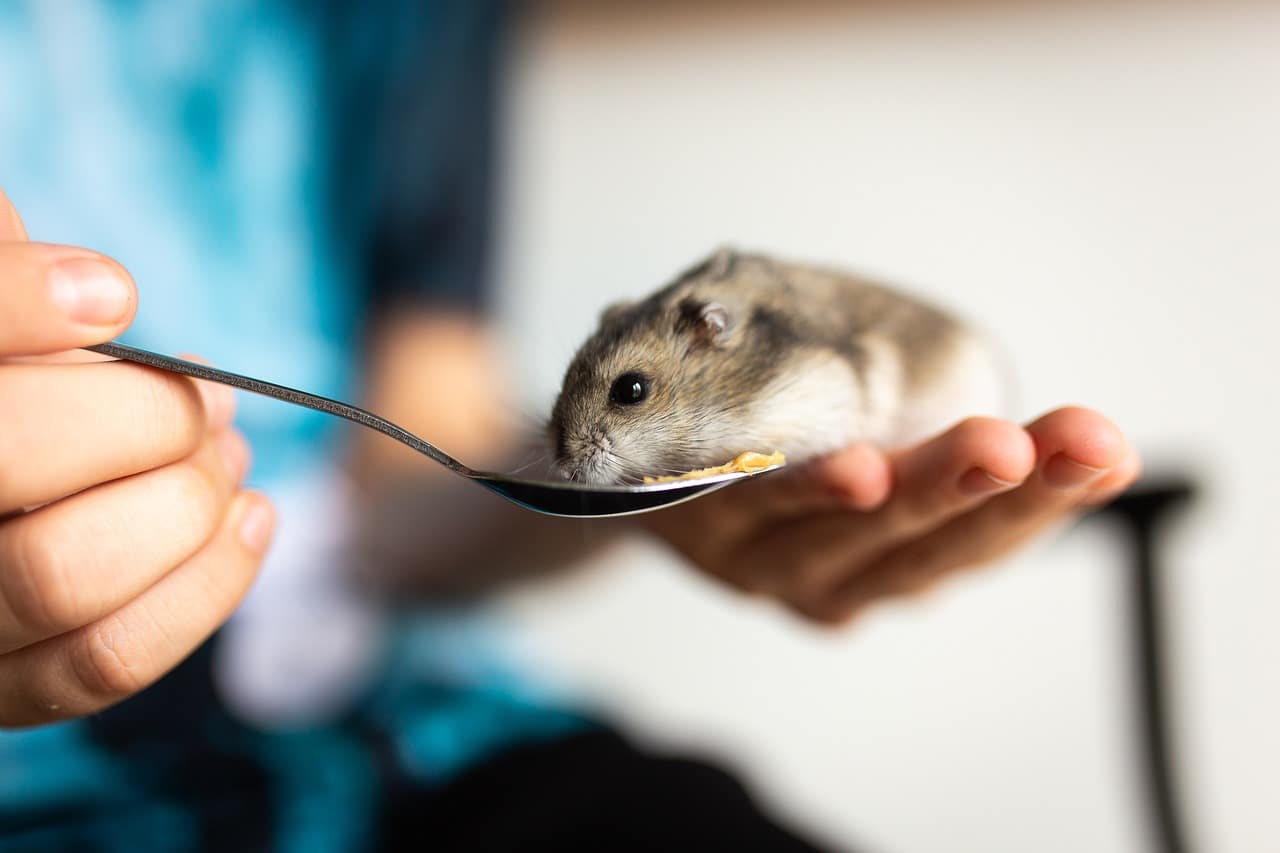Tips for breeding hamsters

Breeding hamsters can be a rewarding experience, allowing you to understand the unique lifecycle of these little creatures. However, breeding is not a simple task, and it requires careful planning and a thorough understanding of the needs of both the mother and the pups. This article will provide you with essential tips to ensure the health and well-being of your hamster family.
Understanding Hamster Breeding Basics
Before you decide to breed your hamsters, it’s important to understand some basics. This includes knowing the right time to breed, which is usually when the female hamster is between 4 and 12 months old. It’s also crucial to understand that hamsters can breed every four days.
En parallèle : Dental care for dogs and cats
Syrian hamsters, in particular, are solitary creatures, and the male and female should only be put together when the female is in heat. This happens every four days and lasts for about 12 hours. Breeding should ideally occur during this time to increase the chances of a successful mating.
Mating can be a risky process for hamsters, especially for the male. Female hamsters are known to become aggressive after mating, so the male should be removed immediately after to ensure his safety.
A lire aussi : How to Properly Care for a Pet Tarantula During Molting?
Preparing for Hamster Pregnancy
Once your hamsters have mated, you’ll need to prepare for the potential birth of the pups. This involves providing the pregnant mother with extra care and attention.
Increase the amount of food you give to the pregnant female, especially protein-rich food. This will provide her with the needed nutrition for her and the pups’ development. It’s also essential to add extra bedding to the cage for the mother to build her nest.
Avoid disturbing the pregnant hamster as much as possible, particularly in the final days of her pregnancy. The gestation period for hamsters is around 16 to 22 days, with Syrian hamsters usually taking 16 days.
The Birth of the Hamster Pups
When it’s time for your hamster to give birth, you’ll need to provide her with ample space and quiet. Disturbances can stress the mother, which could lead her to neglect or even harm her pups.
Once the pups are born, it is of paramount importance to keep away from the cage for at least two weeks. Hamster mothers are known to eat their babies if they detect a foreign smell, which is why it’s best to avoid touching the pups during this time.
The mother will take care of her pups, nursing and grooming them until they are ready to venture out of the nest.
Caring for the Hamster Pups
After the initial two weeks, you can start to interact with the pups, but be gentle. At this stage, the pups will be weaned off their mother’s milk, and you can start introducing solid food into their diet.
Hamster pups are very curious and adventurous, so ensure that the cage is secure to prevent escapes. The pups should still be kept with the mother until they are about four to five weeks old, after which they can be separated and housed in same-sex groups.
It is also the time to start socializing the pups with humans. Gentle handling and interaction will help the pups become comfortable with human contact, an essential aspect of their lives as pets.
The Role of a Responsible Breeder
As a responsible breeder, your job is not just to breed hamsters but also to ensure their well-being throughout their lifecycle. This includes providing suitable living conditions, proper nutrition, and regular health checks.
It’s also important to plan for the new homes for your pups. Ensure that potential owners are knowledgeable about hamster care and are prepared to give the pups a loving and secure home.
Breeding hamsters is not a task to be taken lightly. It requires time, effort, knowledge, and a genuine care for the welfare of these small creatures. By following these tips, you can ensure a successful and responsible hamster breeding experience.
Dealing with Common Breeding Challenges
Breeding hamsters can be a tricky process, and it’s not uncommon for challenges to arise. One of the most common issues is the female hamster refusing to breed. If a female hamster is not interested in mating, it may be due to her age, health, or simply her mood. It’s sometimes helpful to try again at a different time or with a different male hamster.
Another issue is the survival of the baby hamsters. Unfortunately, it is not uncommon for a mother hamster to eat her babies, especially when she feels threatened or stressed. To prevent this, ensure that the mother is not disturbed after the birth and that the pups are not touched by humans or other animals.
It is also common for hamsters to give birth to larger litters than they can care for. In such cases, it might be necessary to identify a pet shop or a responsible breeder who can help find homes for the excess pups.
Syrian hamsters and dwarf hamsters may also present different breeding challenges. Syrian hamsters are solitary and can be aggressive towards each other outside of mating, while dwarf hamsters are social and can live in same-sex groups, but the females are often dominant and might not allow a male to mate.
Making Breeding Decisions as a Responsible Hamster Owner
Breeding hamsters is not a decision to be taken lightly. It requires a thorough understanding of the life cycle of hamsters and their specific needs during pregnancy and birth.
If you are considering breeding your hamster, it’s important to do your research and ensure that you are fully prepared for the process. Remember to breed female hamsters that are between 4 and 12 months old and to remove the male hamster immediately after mating to protect him from potential aggression.
Furthermore, consider the future of the pups. Do you have the ability to care for all of them? If not, is there a pet shop or a responsible breeder who can help you find them good homes? These are all important questions to ask before deciding to breed your hamsters.
Conclusion
In conclusion, breeding hamsters can be a rewarding experience, but it’s not without its challenges. From understanding the breeding basics to caring for the mother and pups, each stage requires careful planning and attention.
As a responsible hamster owner, it’s essential to ensure the well-being of these small creatures throughout their lifecycle. This involves providing the right nutrition, a secure and comfortable hamster cage, and regular health checks.
Remember, your role doesn’t end with the birth of the pups. You’ll need to care for them, socialize them, and eventually find them suitable new homes. Breeding hamsters is a significant commitment, but with the right knowledge and preparation, it can be a fulfilling journey.
